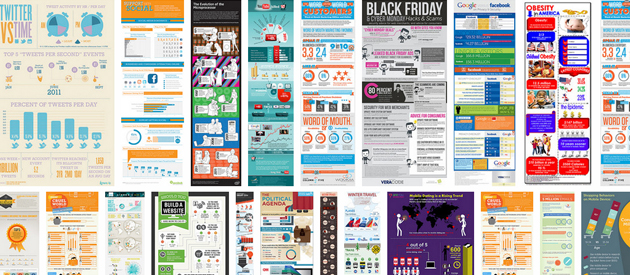Are You Doing Enough to Optimize Images for SEO?

Are You Doing Enough to Optimize Images for SEO?
There’s more to SEO optimization for images than Alt tags.
Techniques for boosting your site’s visibility in search engine results are always changing and there’s always something new to learn. On-page elements are a part of SEO optimization that has changed the most. Keywords need not be so specifically targeted anymore, metadata is much less important and images are becoming increasingly important. It’s time change the way you think about images to take advantage of these changes.
The Basics
Before we move on to changes, let’s do a quick review of the basics that still apply to SEO optimization for images. For instance, images are one of the most data-heavy elements on a website. Even though most people now have high-speed connections on their computers, more users are browsing websites from their phones and tablets, making the speed with which you page loads still important.
Google factors page load speed into its algorithms, so keep image sizes as small as you can without losing visual impact. In fact, the larger your image size, the more likely it is to be unviewable by those on mobile devices. The safest image size is 600 x 300 pixels, allowing 99 percent of the audience to view it. Dimensions larger than that start to lose visibility to readers, especially when we get into the 1000-pixel range of dimensions. Use PNG format for the smallest file size per pixel without sacrificing image quality.
The metadata on images still has some relevance. By naming your image files similar to your post title or product name, you continue to get a little extra boost.
New Considerations
The Web audience is becoming increasingly visually oriented. The popularity of infographics proves the audience wants images to help them absorb information. That’s doesn’t mean your images need to be infographics, but it does underscore the importance of optimizing your images for SEO.
Uniqueness of Images
One of the elements that have made infographics so successful is the fact that each is a unique image. Uniqueness matters with images. Just as your content ranks better if it is original, your images should be unique as well.
Proper Use of Alt Attributes
Originally designed as a method to aid the blind in knowing what an image represents, marketers tended to use them as another spot for keywords. But targeted keywords are becoming associated with spam these days. Instead, use descriptive words that apply to the image while connecting its relevance to the content displayed. Limit the text to 125 characters or less, about four to six words.
Make It Shareable
Using eye-popping images isn’t just a way to keep the reader lingering on your page longer. Now they can be a social media sharing tool. Make sure audiences can easily share your images via Facebook, Pinterest and other image-centric social media websites.
Let efelle show you other new methods of SEO optimization that are more effective at boosting your site’s visibility.
Efelle media is a Seattle-based Web design and SEO optimization firm that helps website owners create unique, highly visible websites. Contact or Seattle office using or online contact form, or call 206.384.4909 for a free consultation.